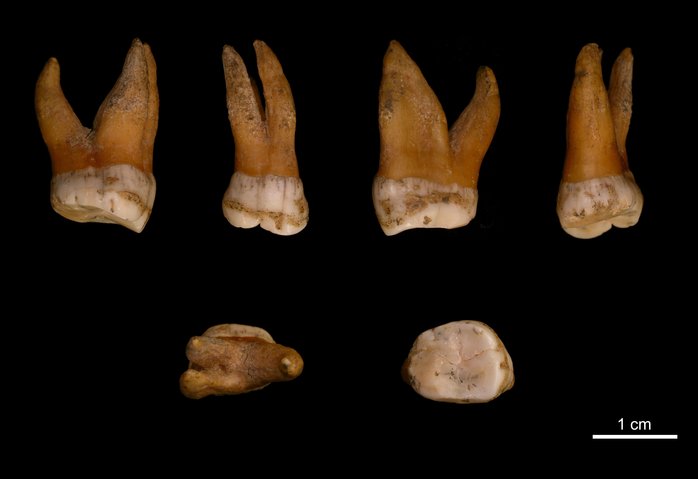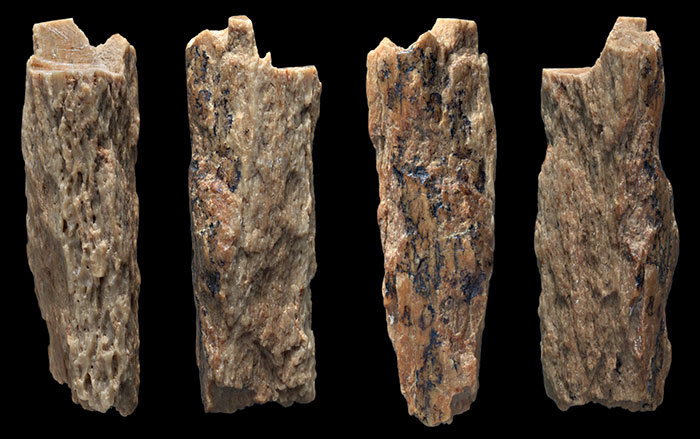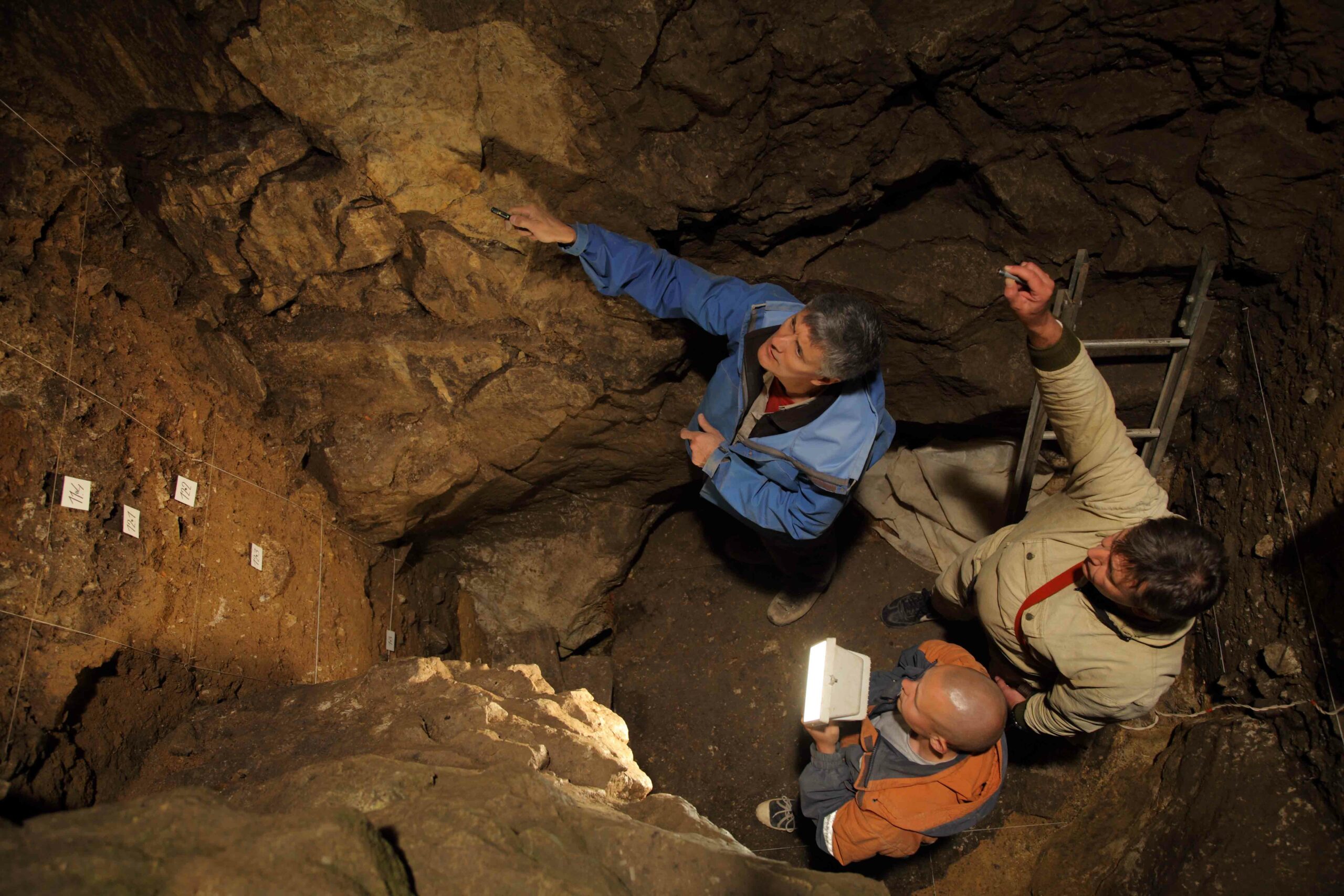
LEIPZIG, GERMANY—According to a Science Magazine report, Martin Petr and Janet Kelso of the Max Planck Institute for Evolutionary Anthropology and their colleagues analyzed the Y chromosomes of three Neanderthal men who lived between 38,000 and 53,000 years ago, and whose remains were recovered in Belgium, Spain, and Russia, and the Y chromosomes of two male Denisovans who lived in Siberia between 46,000 and 130,000 years ago. The researchers determined that the genetic material on the Neanderthal Y more closely resembles a modern human Y chromosome than that of their close Denisovan cousins. Computational models based upon this information indicate the modern human Y chromosome spread rapidly from father to son through the small Neanderthal populations in Europe and Asia between 100,000 and 370,000 years ago. However, the researchers note, this Y chromosome came from a modern human population that migrated out of Africa and then went extinct. Kelso explained that the modern human Y chromosome may have offered Neanderthals a genetic advantage, especially after modern human mitochondrial DNA, which is passed from mother to child, entered Neanderthal populations some 220,000 years ago. The team members will now try to obtain samples of older Neanderthal Y chromosomes to see if they more closely resemble Denisovan DNA. To read more about Neanderthal DNA sequencing, go to "Neanderthal Epigenome."










